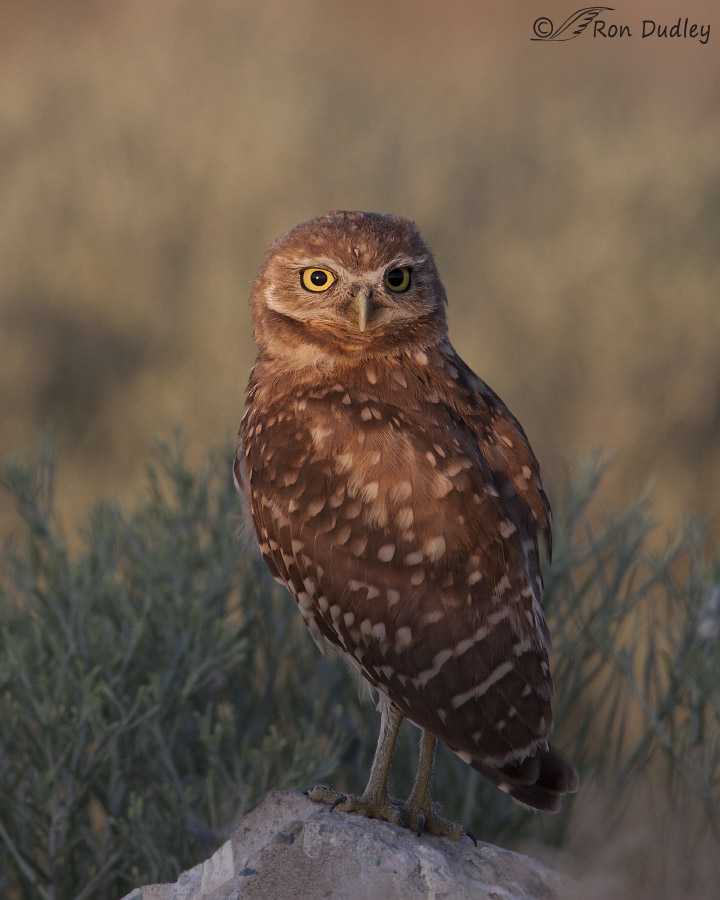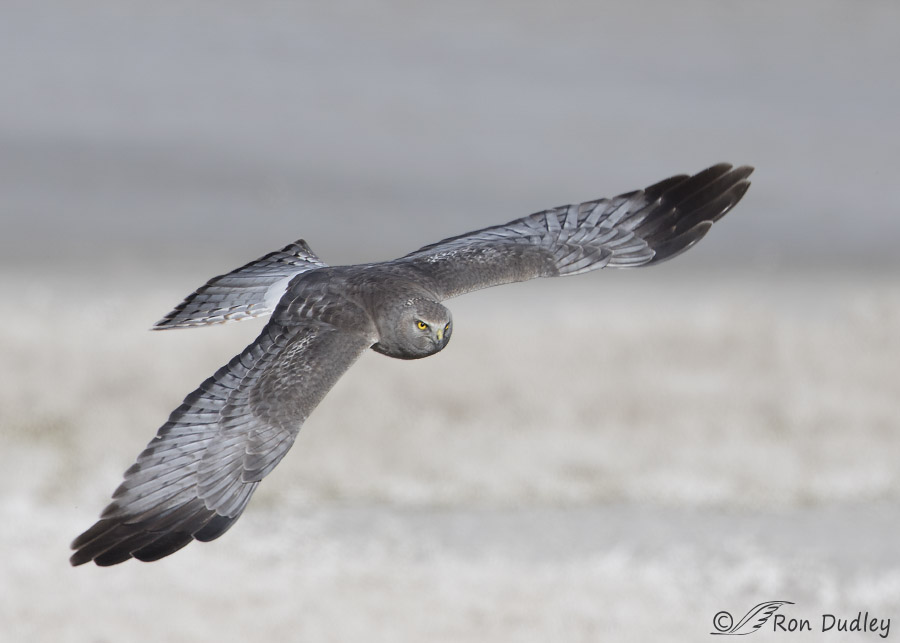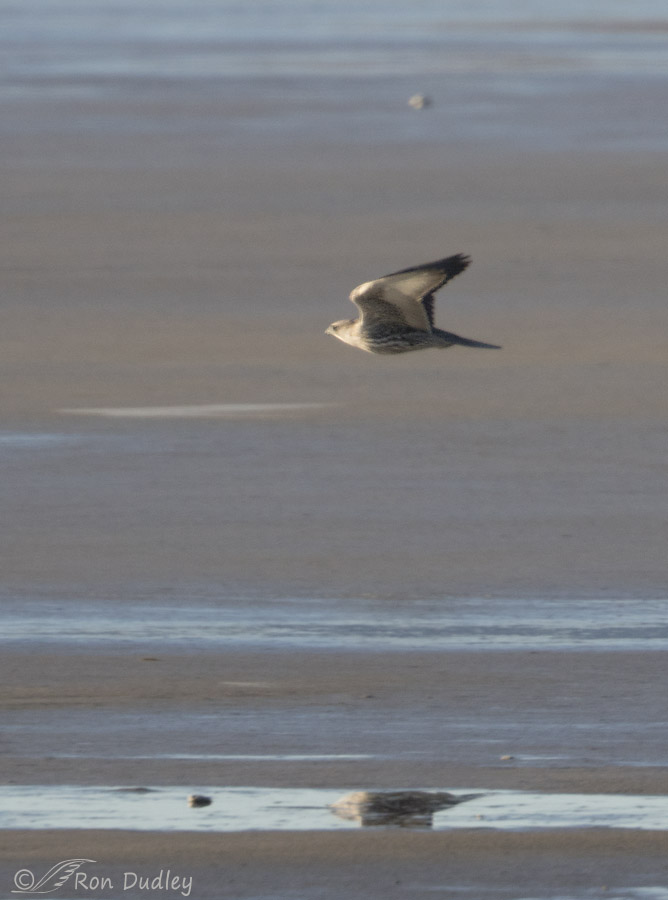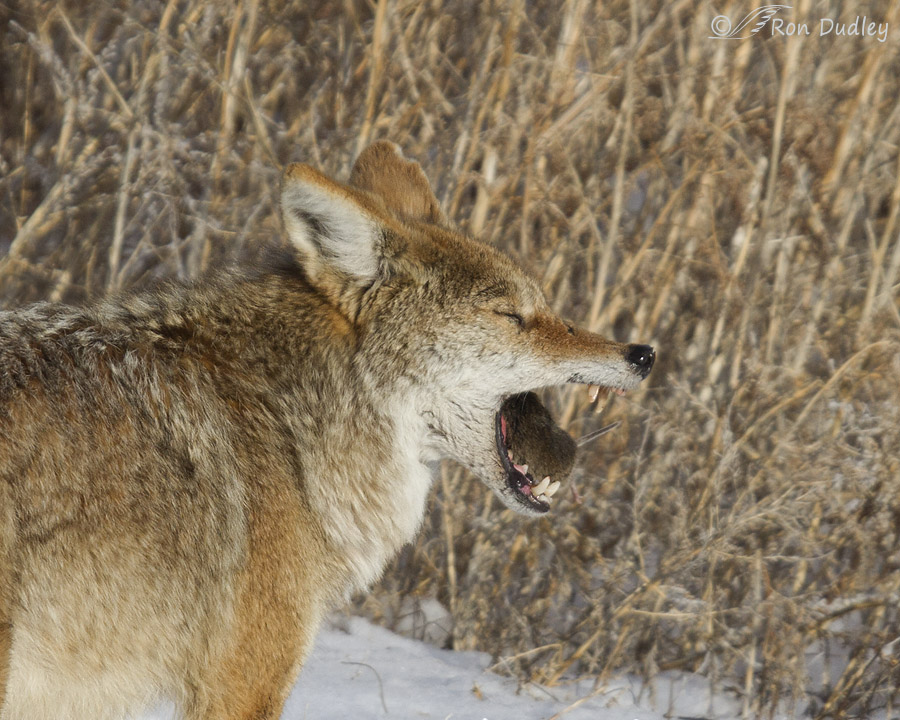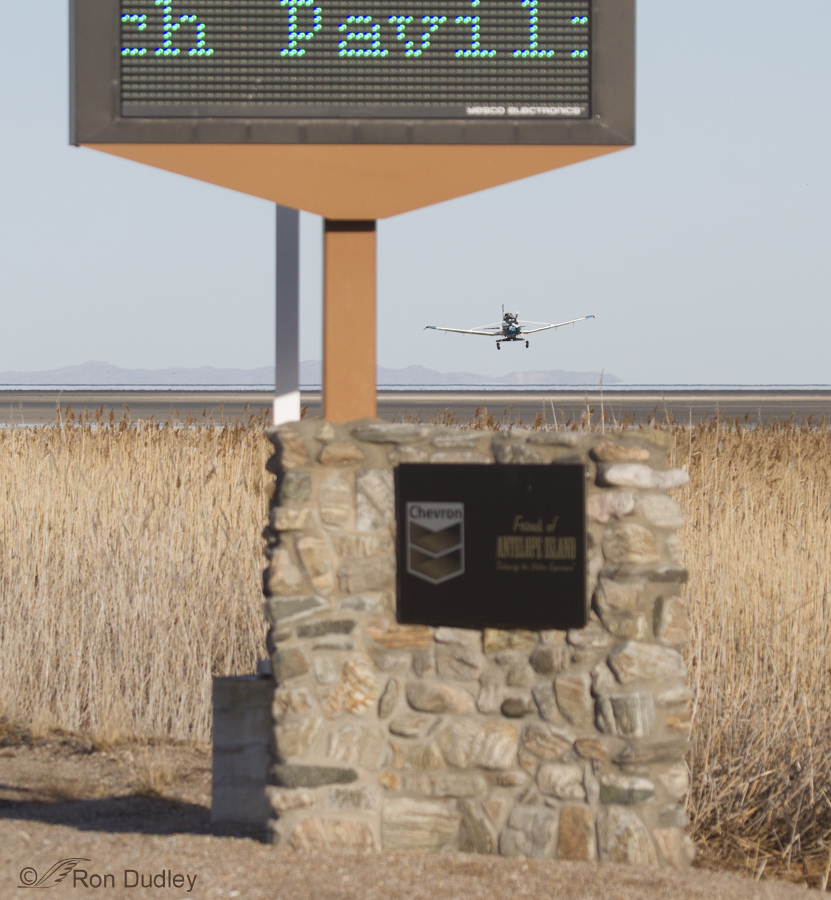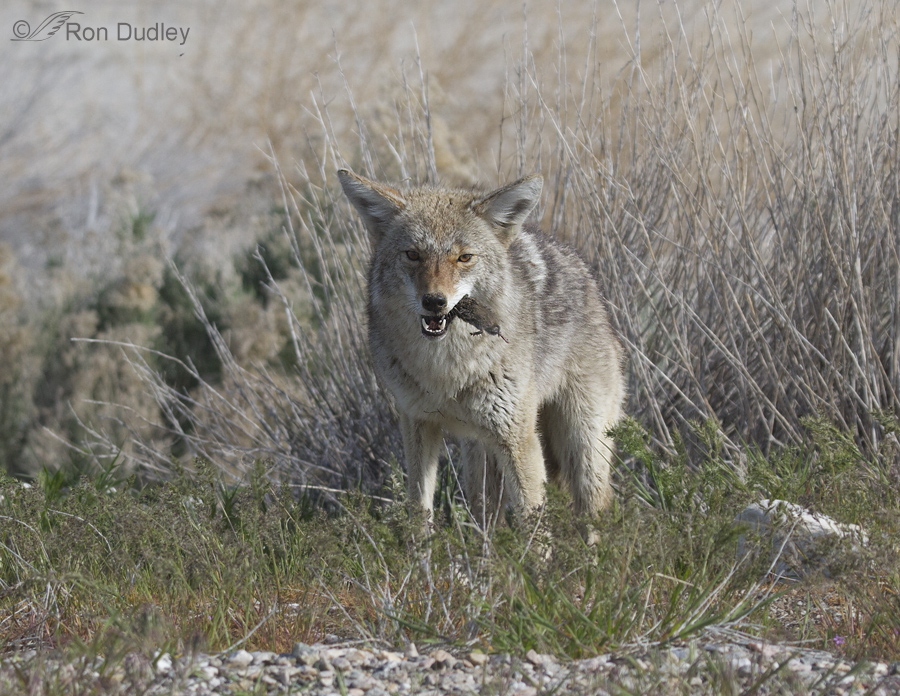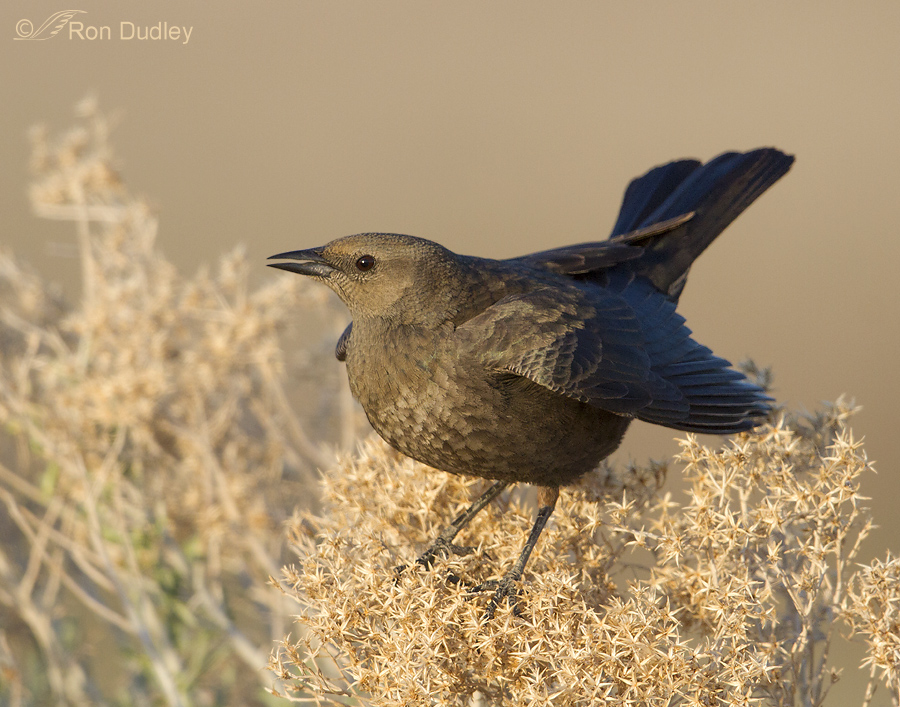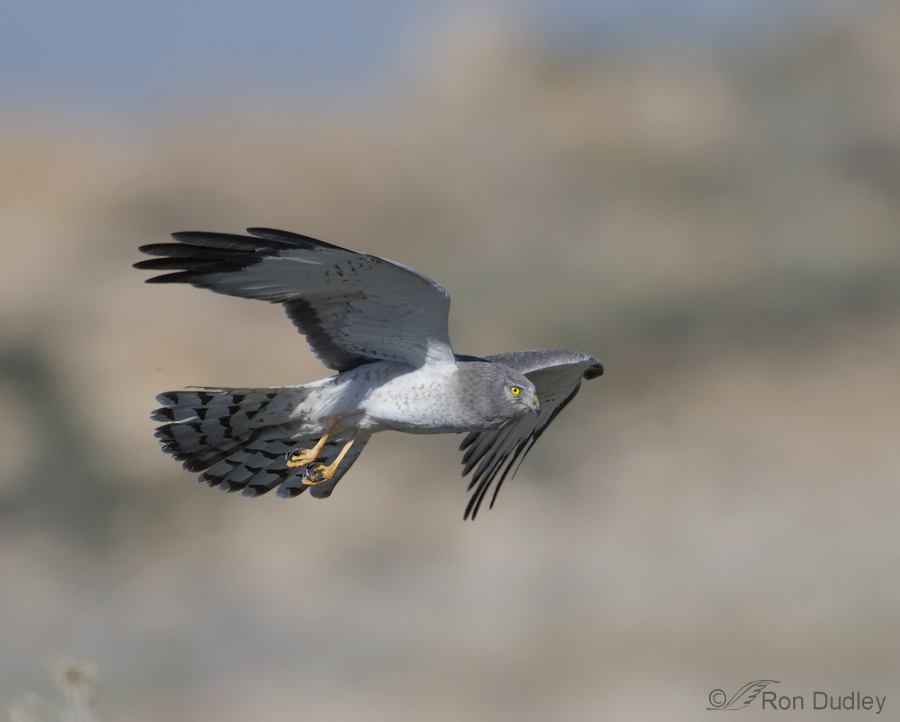Tag: causeway
The Gray Ghost Gives Me A Second Chance
Gyrfalcon Along The Antelope Island Causeway
Two Coyotes Hunting And The Demise Of A Vole
A “Bird” Of A Different Feather Along The Antelope Island Causeway
A Coyote Hunting, Then Killing And Eating A Vole
Displaying Female Brewer’s Blackbird (and an update on recent Feathered Photography problems)
The Gray Ghost On Antelope Island
Coyotes Like Eggs For Breakfast Too
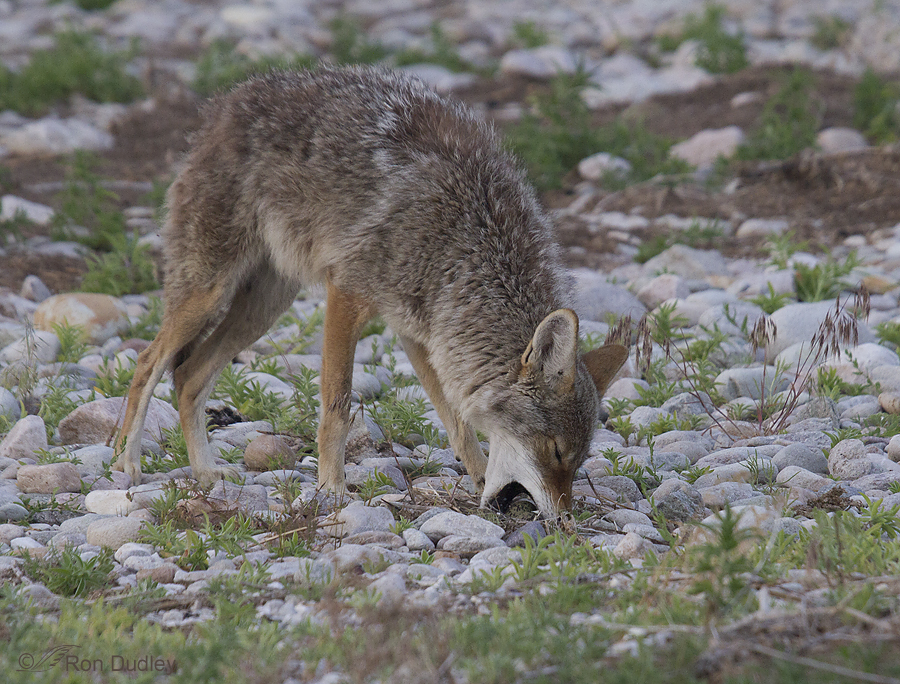
At 5:30 yesterday morning Mia and I almost decided to stay home rather than make the hour-long drive to Antelope Island because the area up north looked to be socked in with clouds (the “Farmington Curse” I’ve mentioned before) but after we picked up our traditional “shooting breakfast” (chocolate donuts) we chose to take our chances and go anyway – a choice I’m glad we made.
Burrowing Owl Youngsters – Hams Of The Bird World
Prepare to lose your heart if you ever have the opportunity to photograph or watch juvenile Burrowing Owls up close. They’re full of spontaneous antics and personality and they’re cute as a button.
Prairie Falcon – A Dilemma
On this morning as I was leaving Antelope Island after a morning of shooting I was, as always, watching for a Prairie Falcon along the causeway. Occasionally I’ve been lucky with that strategy but it doesn’t happen very often. One advantage I had is the fact that if there was one there it would likely be perched on the rocks next to the Great Salt Lake. With that dark blue background, the bright whites on the breast of the falcon are often easy to spot. And that’s exactly what happened.
Long-billed Curlews Have Finally Returned To Antelope Island
One of my favorite birds on the island is the Long-billed Curlew. They’ve been gone for a long time and I’ve missed them but they’re back now, as of two days ago.
Juvenile Burrowing Owl Parallaxing
Parallax is the effect where the position or direction of an object appears to differ when viewed from different positions. When an observer moves, the apparent relative motion of several stationary objects against a background gives hints about their relative distance which the brain can interpret to provide absolute depth information. As you can imagine this can be very helpful to birds for flight and for judging prey position. The movement required comes automatically during flight but it can also be provided while perched by exaggerated movements of the head in all three dimensions. Tipping the head also provides cues by changing the relative position of the eyes to the object being viewed. Learning to interpret this information takes practice so many juvenile birds do just that, owls in particular. Techs for the following images – most were taken at 1/640 or 1/800, f/9, ISO 400, 500 f/4, 1.4 tc, natural light, not baited, set up or called in. All images presented in the order they were taken. Several years ago I spent a lot of time over several weeks photographing a family of Burrowing Owls along the causeway to Antelope Island. Their burrow was very close to the road and they became almost completely acclimated to traffic so I was able to observe and photograph many interesting behaviors of both juveniles and adults from my pickup. Here, this juvenile is simply ignoring me (for the sake of convenience I’ll refer to this bird as a male though I have no idea what sex it…
Short-eared Owl In A Snowy Setting
I’ve had very few good opportunities with Short-eared Owls in winter but yesterday morning along the causeway to Antelope Island my luck changed a bit for the better. It was overcast but there was almost 6″ of fresh snow on the ground which helped slightly by reflecting some of the available light onto the bird. The setting in these three images is “high key” (light color tones with little contrast) because of all the snow. The background is the snow-covered lakebed of the Great Salt Lake. High key images don’t appeal to everyone. 1/2000, f/5.6, ISO 640, 500 f/4, 1.4 tc, natural light, not baited, set up or called in Northern Harriers and Rough-legged Hawks often hunt the causeway so when I first came across this owl my camera settings were already set for possible flight shots. I snapped off a few images at those settings before I made adjustments. I wasn’t particularly happy with the vegetation in front of the bird… 1/500, f/8, ISO 500, 500 f/4, 1.4 tc, natural light, not baited, set up or called in but it soon flew a few hundred feet west along the causeway and perched on a rabbitbrush that gave a slightly better view of the owl. For this shot I had maneuvered my position to get some very out of focus vegetation in the mid-background to provide at least a little bit of color back there but the difference is only slight. 1/500, f/8, ISO 500, 500 f/4, 1.4 tc, natural light, not baited, set up…
My Recent Encounters With The Female Prairie Falcon
As regular readers of my blog know, I’ve had four close-up encounters with this female Prairie Falcon on the Antelope Island causeway over the last couple of months. I couldn’t resist posting some images of her in different poses that I haven’t published here previously. There is general agreement among folks who are much more knowledgeable about falcons than I am that it was the same bird in all four cases. 1/640, f/4.5, ISO 640, 500 f/4, natural light, not baited, set up or called in Here she is on 10/7/12. I’ll never forget that morning because she let me get closer than I had ever been to a wild Prairie Falcon (even had to remove my tc). But there was a tradeoff (isn’t there always?) because the reason she felt so secure was that she was in deep shade, which isn’t the best situation for photography. Still, I’m happy to have the images of her that morning. 1/2000, f/6.3, ISO 640, 500 f/4, 1.4 tc, natural light, not baited, set up or called in A little over a month later (11/11/12) she killed a Northern Shoveler in the water about 50 yards out and waited for it to drift to shore. Here she has just claimed her prize and seemed to raise her wings in celebration. 1/2500, f/6.3, ISO 640, 500 f/4, 1.4 tc, natural light, not baited, set up or called in She attempted to enjoy her meal on the shore edge but waves kept coming in and sloshing the duck around so she decided to drag it further away…


